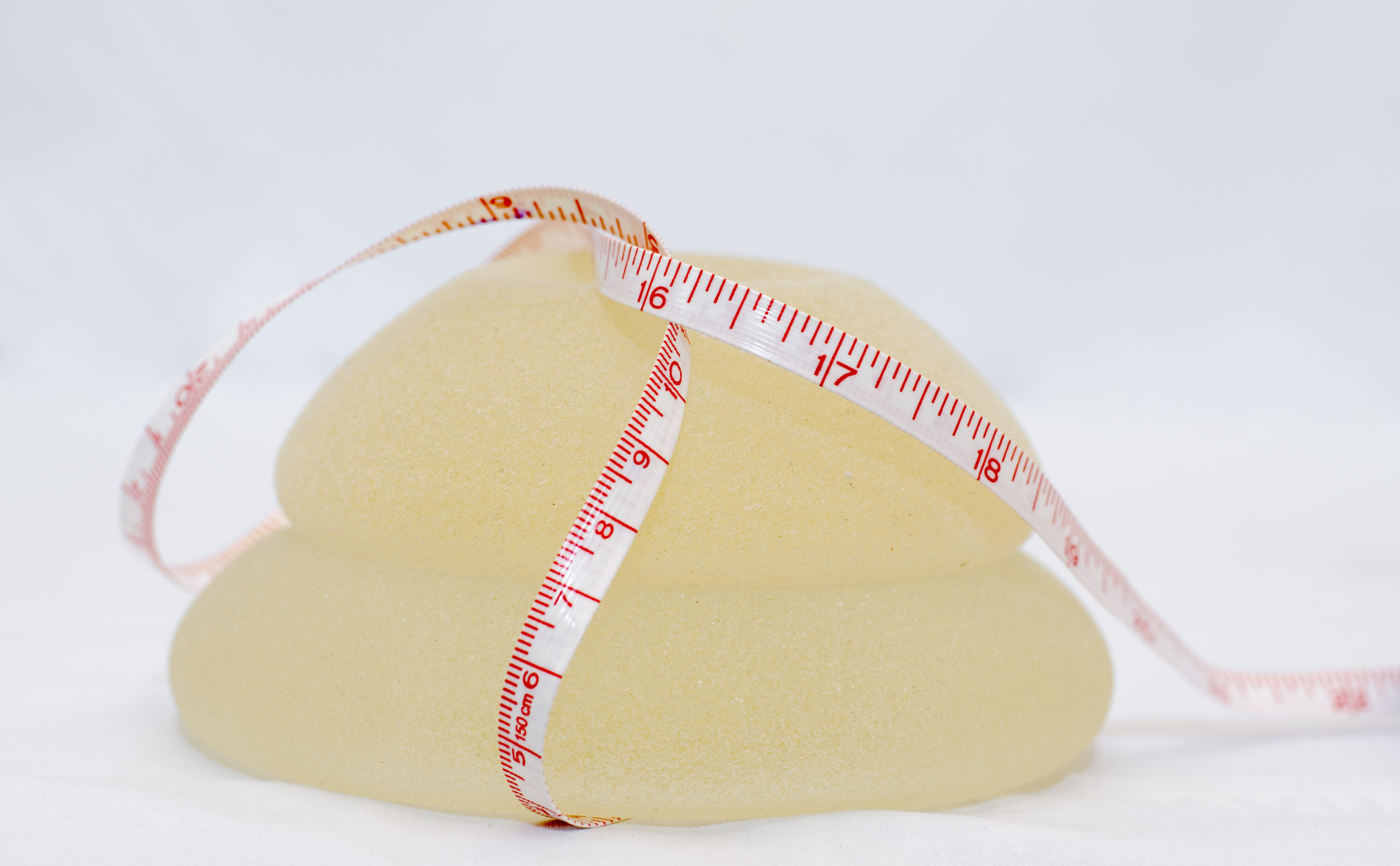
Two options for breast surgery are available: Breast reconstruction can be performed with implants or with your own tissue. An autologous reconstruction is when the doctor uses the woman's back muscle and fat, as well as her lower abdominal segment. A woman can have a skin-sparing, nipple-sparing mastectomy. Both procedures can leave scarring. Breast surgeries aren't for everyone.
Breast reduction surgery
Most breast reduction surgeries can be performed outpatient. Patients may experience swelling and discoloration immediately after the procedure. This swelling will gradually disappear. The stitches and bandages will be removed within a few days. Patients should refrain from engaging in strenuous activity for approximately a month. The initial recovery period for a breast reduction can be uncomfortable. However, breasts will begin to look more natural and soften over time. Six months to one year will pass before you can see the results.
The surgeon will then make incisions in the skin near the natural creases in the breasts. These incisions can be used to remove excess skin or fat. Women may have their areolae raised. The surgeon will close your incision with either dissolvable external or internal sutures. It is possible that the patient will need to stay overnight for recovery. The patient will be released after being discharged from the hospital. It can take approximately two to five hours to finish the surgery.

Nipple-sparing mastectomy
Nipple-sparing breast surgery is an alternative to traditional radiation treatment. This procedure preserves the patient's natural looking breast while avoiding the risks associated with radiation treatment. Even though not all women who are undergoing this surgery will do so, about 30% of those who are new to the procedure may not be required to undergo radiation treatment. This type of surgery can be done for women with small or large breasts.
This type of surgery is not widely available, but the results are positive. It preserves the entire envelope of breast skin, including the nipple and the darker circle of skin surrounding it. Usually, breast reconstructions are performed within minutes of a NSM. It is not widely used for breast cancer treatment, but it has gained popularity. Its benefits far outweigh any drawbacks.
A skin-saving mastectomy
A skin-sparing mastectomy refers to a surgery in which all of breast skin is preserved, with the exception of the nipple, areola and nipple. This allows the surgeon reconstruct the breasts without scarring. The surgeon will then use a flap, or an implant to replace the volume. There are two types: the TRAM or Latissimus skin-sparing mastopexy. Each one uses the tissues and muscles of the body in order to reconstruct the breast.
Skin-sparing mastectomy has many advantages, including the preservation and protection of the native skin envelope and inframammary fold. The inframammary and native skin folds are preserved, which improves the cosmetic outcome of the breast reconstructed. This procedure also eliminates the need of contralateral symmetrizing. There are risks associated with skin sparing mastectomies.

Modified radical mastectomy
A modified radical mastectomy may be an option for you if you are concerned about the potential risks involved in undergoing a mastectomy. A modified radical mastectomy is less invasive than a full-thickness, conventional mastectomy. It removes the breast, most lymph nodes, and the lining above the chest muscles. This type of surgery also preserves breast tissue. Not all surgeons are qualified to perform these types of procedures. Before deciding on which procedure to have, you should consult your doctor.
While the majority of hospitals are now using traditional modified radical mastectomy techniques, it isn't widely used. Traditional modified radical mastectomy techniques place emphasis on the protection of the anterior thoracic and intercostobrachial nerves. These nerves should be preserved for pure sensory functions. These techniques are similar to those used by Halsted Meyer, Patey, and Meyer. Moore61 described one such approach in 1867.